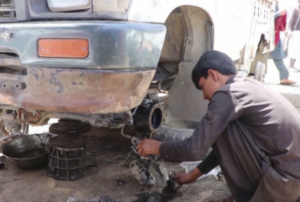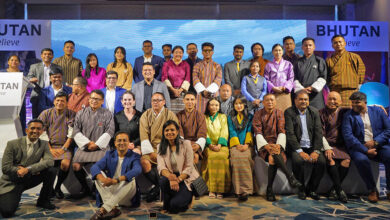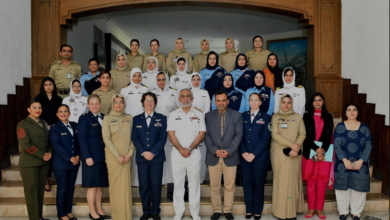Rising Afghan Child Labor Highlights Urgent Need for Humanitarian Aid
In a concerning development, Save the Children has reported a 38% increase in child labor in Afghanistan compared to the previous year. The organization emphasized that over two million people, with children constituting 50% of this population, are in immediate need of humanitarian assistance.
Arshad Malik, the country director of Save the Children in Afghanistan, highlighted the dire situation, stating, “There is an approximately 38% increase in the number of children who are now involved in child labor.” He attributed this rise to a confluence of factors, including the economic downturn, reduced funding, ongoing crises in Afghanistan, the impact of climate change, and disruptions in the banking sector, hindering international trade.
The organization is actively engaged in supporting these vulnerable children through its street children program in Kabul and Nangarhar. Malik underscored the ripple effects of the economic challenges faced by families, forcing children to work outside their homes.
Save the Children has played a significant role in delivering aid to the Afghan people, contributing $200 million after the Islamic Emirate assumed power. However, the dire circumstances persist, prompting concerns about the well-being of children in the region.
Meanwhile, the Islamic Emirate has called for aid agencies to coordinate with the caretaker government to effectively reach the people of Afghanistan. Zabihullah Mujahid, the spokesperson for the Islamic Emirate, acknowledged the need for assistance, stating, “The people of Afghanistan are in need of help in various sectors, their (aid agencies) cooperation is commendable in the medical sectors, helping the poor, and creating jobs for the people.”
The impact of increased child labor is palpable on the young workforce, as economic challenges compel them to engage in hazardous work. Maryam, a child laborer, expressed the desperation, stating, “My sisters at home are hungry, and we have nothing to eat, so I am busy with street vending.” Another child laborer, Ajmal, voiced the collective desire for a better future, saying, “We would like to study like other children.”
With UNICEF previously highlighting 2023 as a disastrous year for children in Afghanistan, the urgent need for coordinated humanitarian efforts remains paramount to address the growing challenges faced by the vulnerable population.





